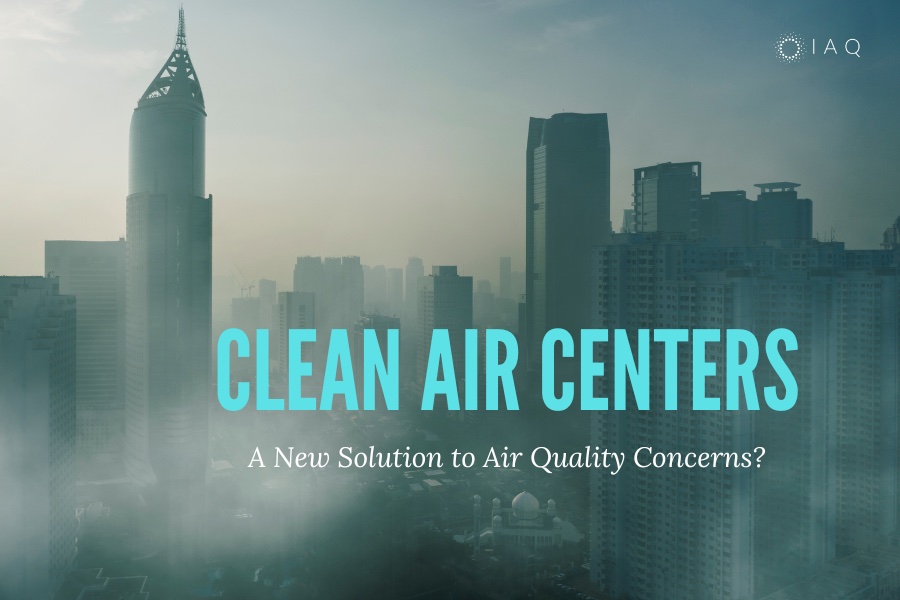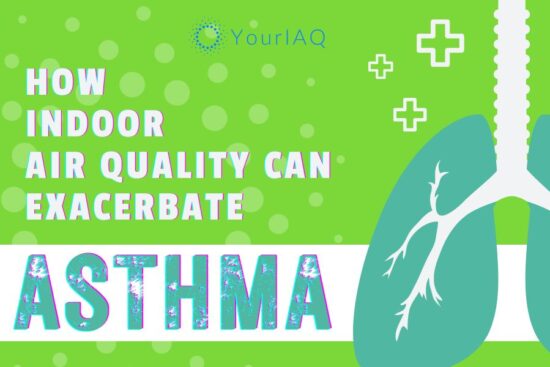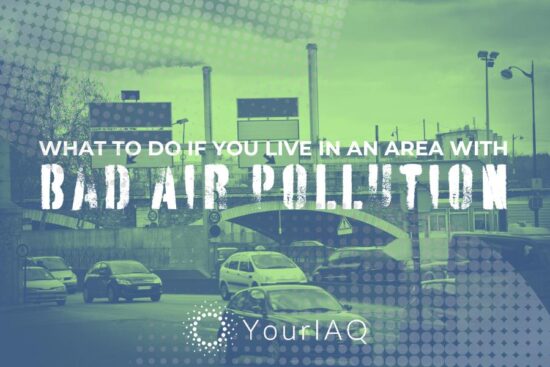
Clean air centers are small rooms that have been retrofitted with souped-up air filtration systems. They provide a safe haven for people who are especially vulnerable to the effects of air pollution, such as the elderly, the sick, and children.
Cities and municipalities around the U.S. develop these centers as a public service to offer clean and healthy shelter during times of low air quality.
The Benefits of Clean Air Centers
There are several potential benefits to clean air centers.
First, they can reduce exposure to harmful pollutants, which improves public health.
Second, they can help to reduce the economic impact of air pollution, such as lost productivity and higher medical expenses.
Third, they can provide a sense of security and comfort to people who feel the ill effects of air pollution.
The Drawbacks of Clean Air Centers
However, there are also some potential drawbacks. First, they can be expensive to set up and operate. These costs come at the taxpayer’s expense.
Second, they may not be convenient for everyone to access, especially if they are located far away. This creates an additional problem if people have to travel long distances outdoors where air quality may be worst.
Third, there is some evidence that people may not use clean air centers as much as they could, even when they’re available.
What Do the Data Suggest?
There is medical research that supports both the potential benefits and challenges of these types of centers.
A study published in the journal “Environmental Health Perspectives” found that clean air centers can significantly reduce exposure to harmful pollutants, such as particulate matter and ozone.
Another study, published in the journal “Science of the Total Environment,” found that clean air centers can improve respiratory symptoms, such as coughing and wheezing, in people who are exposed to air pollution.
However, a study published in the journal “Health Affairs” found that clean air centers are not always used as much as they could be. The study found that people who are most vulnerable to the effects of air pollution are also the least likely to use these facilities.
Recommended Guidance for the Public
If you are considering sheltering in a center for clean air, here are some things to keep in mind:
- Choose a center that is located in a safe area and that has a good air filtration system.
- Make sure the center is accessible to you, both in terms of location and transportation.
- Be aware of the hours of operation and the policies of the center.
- If you have any health concerns, talk to your doctor before using a clean air center.
- If you are not able to use a clean air center, there are other things you can do to improve your indoor air quality noted in the tips below.
Overall, clean air centers have the potential to be a valuable tool for improving indoor air quality. However, more research is needed to determine their effectiveness and to identify the best ways to make them more accessible and affordable.
Tips for Improving Indoor Air Quality
- Keep your home well-ventilated. Open windows and doors whenever possible, or use fans to circulate the air.
- Use air purifiers. Air purifiers can help to remove harmful pollutants from the air.
- Avoid using scented candles and air fresheners. These products can release harmful chemicals into the air.
- Get rid of mold and mildew. Mold and mildew can produce allergens and irritants.
- Wash your bedding regularly. Dust mites can live in bedding and contribute to allergies.
For additional tips, check out our guide on improving indoor air quality. By following this guidance, you can help to improve the quality of the air in your home and protect your health.
Resources:
- Wildfire Smoke Clean Air Centers
- California’s First Clean Air Center Opens in San Francisco
- Schools as Community Cleaner Air and Cooling Centers
Further Reading:
- The History of Indoor Air Pollution: A Story You Haven’t Heard
- Workplace Air Quality: What to Do When Your Office Air is Unhealthy
- The 15 U.S. Cities With the Worst Indoor Air Pollution






